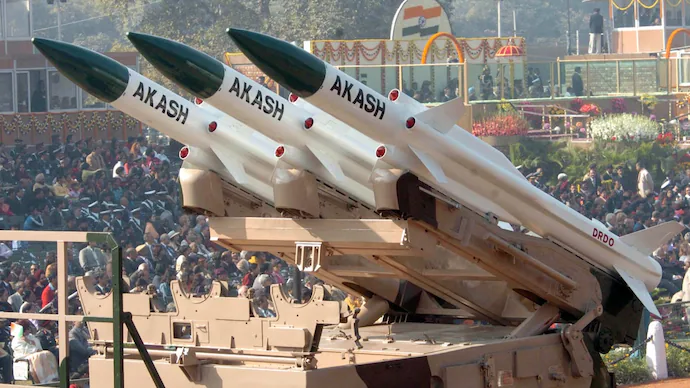The Akashteer air defence system stands as a formidable pillar of India’s self-defence capabilities. It played a critical role in intercepting and neutralising all inbound Pakistani drones, missiles, micro UAVs, and loitering munitions, effectively preventing any breach of Indian airspace. Believed to be the first operational AI-driven war-cloud developed entirely without foreign components or satellite dependencies, Akashteer showcases India’s growing technological self-reliance. In contrast, Pakistan’s air defence response, which relied on systems such as the HQ-9 and HQ-16, failed to detect or intercept Indian projectiles effectively, resulting in significant losses. Unlike its adversaries, Akashteer, with its fully AI-powered and autonomous capabilities, executed real-time target interception and successfully engaged in drone warfare.
Akashteer provides a unified, real-time air picture to all key stakeholders, including control rooms, radar units, and air defence gun crews, enabling seamless coordination across the air defence network. The system is designed to automate the detection, tracking, and engagement of enemy aircraft, drones, and missiles. It integrates a range of radar systems, sensors, and communication technologies into a single cohesive operational framework, enhancing the effectiveness and responsiveness of India’s air defence strategy.









































